What are Invoice Payment Terms?
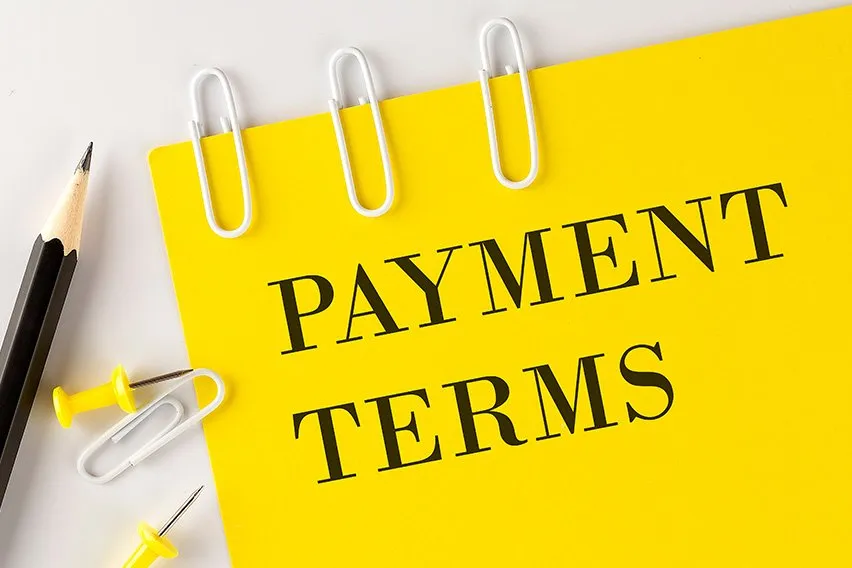
Invoice payment terms are included on all bills small businesses send to clients outlining how quickly they expect payment for their services and the different payment methods clients can use, giving businesses better control over their cash flow and help them plan ahead for future expenses.
Small businesses include invoice payment terms on all bills they send to clients outlining how quickly they expect payment for their services and the different payment methods clients can use. Invoice payment terms give businesses better control over their cash flow and help them plan ahead for future expenses.
These topics will help you develop effective invoice payment terms for small business accounting:
What Are Payment Terms on an Invoice?
What Are the Best Invoice Payment Terms for Businesses?
What Payment Methods Should I Accept?
What Are Payment Terms on an Invoice?
Payment terms on an invoice let a business’s clients know when they’re expected to pay the invoice and what methods they can use to submit payment. There are a range of payment terms businesses can choose to include on their invoices. This guide will help you understand the different invoice payment terms:

| Invoice Payment Term | Term Definition |
| PIA | Payment In Advance; you’re letting your client know you expect them to pay the total amount due for a project upfront, before you begin work. |
| CIA | Cash In Advance; you’re specifying both when you expect payment, i.e. before work begins, and you’re specifying how the client can pay you, i.e. in cash. |
| Upon Receipt | This means you expect payment immediately when the client receives your invoice. |
| Net 7 | Payment is due seven days from the invoice date. |
| Net 21 | Payment is due 21 days from the invoice date. |
| Net 30 | Payment is due 30 days from the invoice date. This is one of the most common payment terms for small businesses and freelancers. |
| EOM | Payment is due at the end of the month in which the invoice is received. |
| 15 MFI | Payment is due on the 15th of the month following the invoice date. MFI stands for Month Following Invoice. |
| 2/10 Net 30 | This is a variation of Net 30 that offers a discount for early payment. This payment term means payment is due within 30 days of the invoice date, but you offer a 2 percent discount off the invoice amount as a reward for paying within 10 days. |
| 50 Percent Upfront | The client must pay 50 percent of the total invoice amount before work begins on the project. This is common for big projects that take several months to complete. |
LATE FEES FOR UNPAID INVOICES
You want to make sure your invoice payment terms are enforceable. Including late fee conditions within your invoice payment terms will let clients know they will be charged an extra fee for late payment. Charging late fees is good for businesses because it leads to a higher percentage of paid invoices, according to a FreshBooks study.
Late fee charges for unpaid invoices usually run between 1.5 and 3 percent interest per month. Make sure any late fee conditions you include within your payment terms are in accordance with state laws. Familiarize yourself with the maximum annual interest rate in your state.
What Are the Best Invoice Payment Terms for Businesses?
The best invoice payment terms for your business are the ones that get you paid fastest. Some best practices for invoice payment terms include:
1. POLITELY WORD YOUR INVOICE PAYMENT TERMS
Being polite when writing your invoice payment terms isn’t just good practice for maintaining positive relationships with your clients, it can actually help you ensure your invoices get paid. A study by FreshBooks found that when invoice payment terms include phrases like “please” and “thank you,” the percentage of invoices that are paid increases by five percent.
2. SET SPECIFIC DEADLINES
Setting clear, specific deadlines in your payment terms can help your business receive payment faster. Vague and complicated invoice payment terms, like “Net 30” or “Payment due upon receipt” can confuse clients, which can lead to late payment. Use precise language in your billing due dates. For instance, you can list the exact due date, as in “Payment Due October 31, 2018.”
3. SHORTEN PAYMENT PERIODS
To get paid faster by your clients, your business should consider shortening the payment period on your invoices. While a 30-day billing period used to be common practice, technology has enabled clients to pay their bills much more quickly through online payments and direct transfers. Start by shortening your payment period slightly, from 30 days to 21 days and evaluate whether it helps you receive payments faster.
4. INCLUDE AND ENFORCE LATE FEES
Even small overdue penalties, such as a late fee of 2% interest per month, can give clients added incentive to pay their invoices on time. Just be sure to discuss your late fee policy with clients upfront and be polite but firm when enforcing the penalties.

5. OFFER FLEXIBLE PAYMENT METHODS
The more options you give clients for submitting their invoice payments, the more likely they are to pay their invoices on time. When clients have the option of choosing a payment method that’s most convenient for them, they can make the payment easily and quickly. As well as accepting payment by cash, check and credit card, consider allowing your clients to set up automatic bill payments, so they can schedule payments automatically and not have to think about paying you every time you email an invoice.
6. REWARD EARLY PAYMENT
Offering your clients a discount for early payment of their invoices gives them an incentive to pay you sooner by rewarding them for prompt payment. For example, a common reward is to offer a 2% discount off the invoice total if it’s paid within 10 days, even though the invoice is actually due 30 days from the issuing date. This is often written as 2/10 Net 30.
What Payment Methods Should I Accept?
Small businesses should offer clients as many payment method options as is feasible, both to be accomodating and to help you get paid faster. If you offer clients a range of payment methods on your invoice, they’ll be able to choose the method that’s most convenient for them, increasing the likelihood that they’ll pay sooner. Here are some common payment methods your business can consider accepting:
- Cash
- Check
- Credit cards, including Visa, Mastercard and American Express
- Online payments
- Mobile payments
- Bitcoin and other cryptocurrencies
RELATED ARTICLES

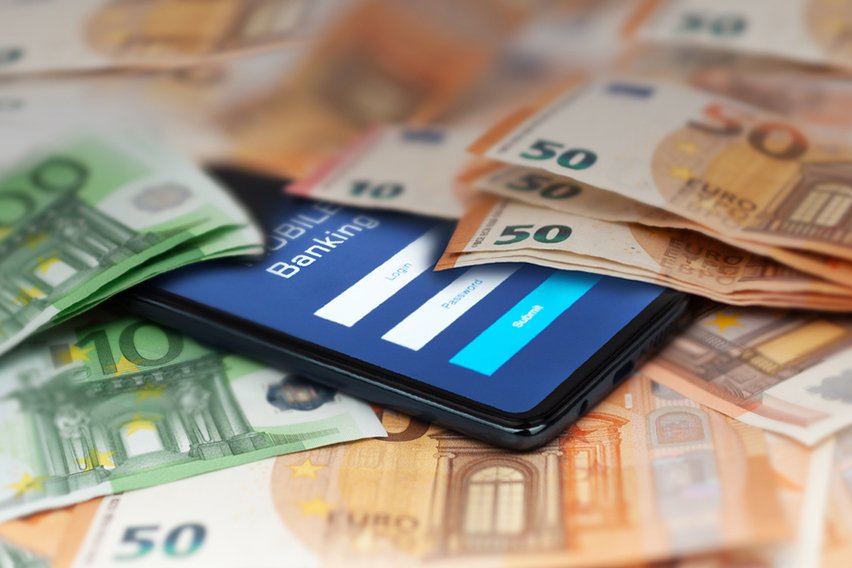 How to Confirm Bank Account on PayPal
How to Confirm Bank Account on PayPal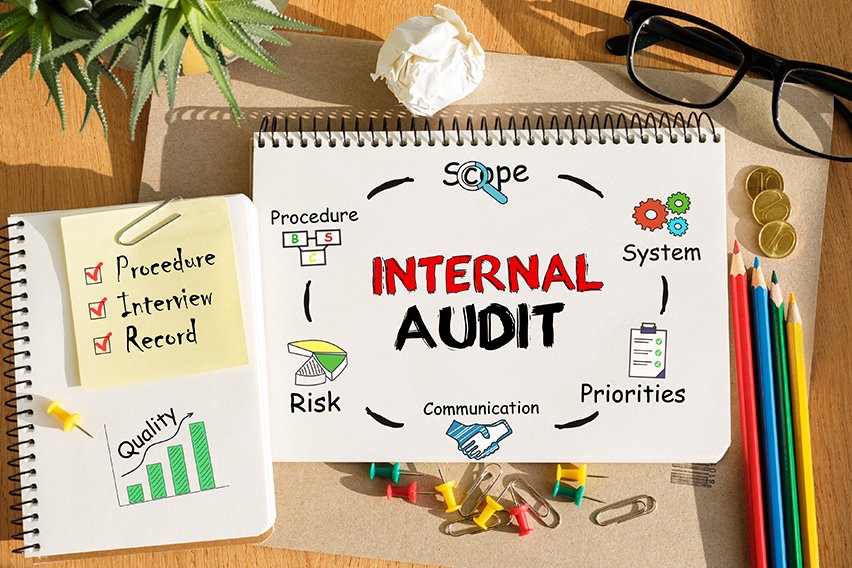 What Is an Internal Audit?
What Is an Internal Audit?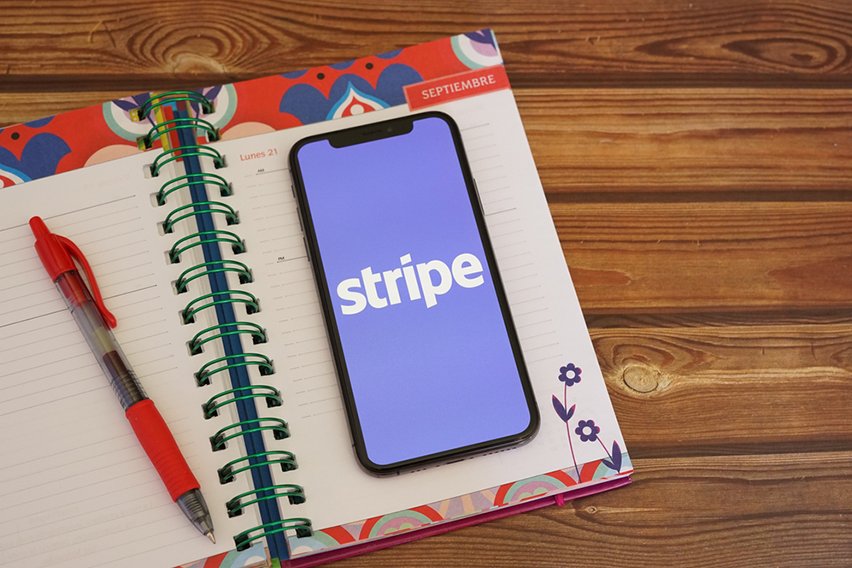 eWay Vs Stripe: Which Is Better Payment Gateway?
eWay Vs Stripe: Which Is Better Payment Gateway?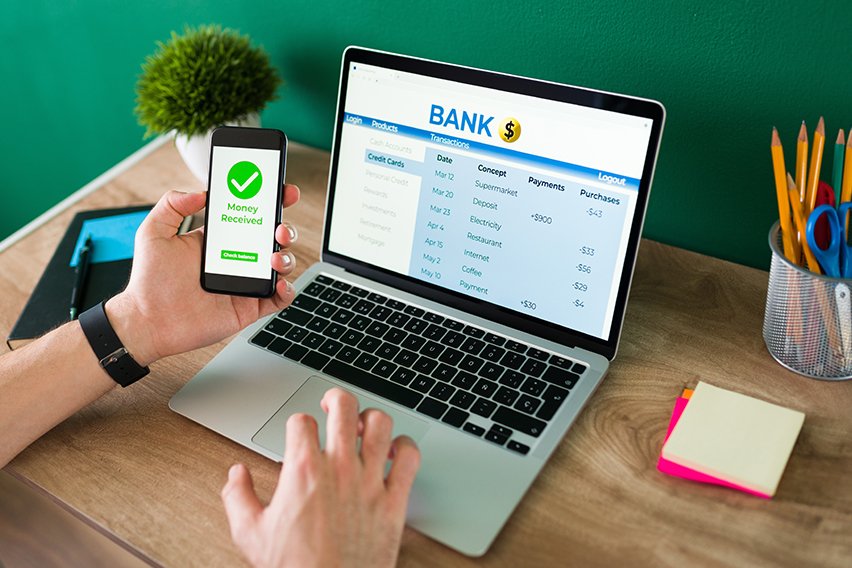 What Is a Wire Transfer & How Does It Work?
What Is a Wire Transfer & How Does It Work?